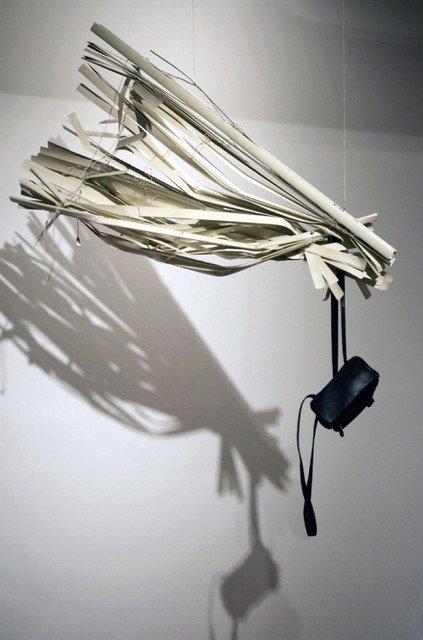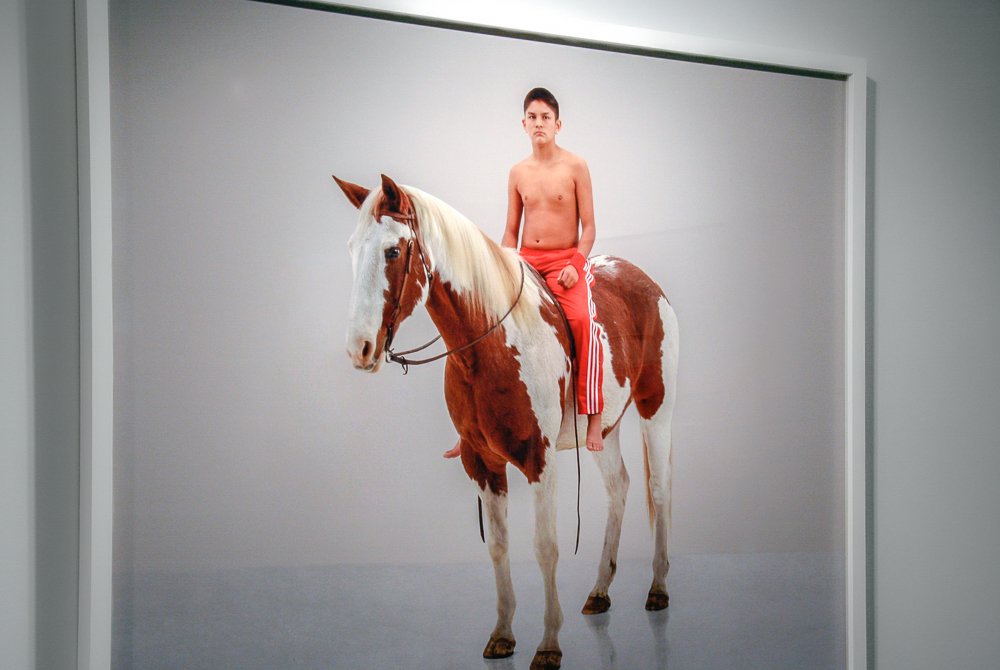
Chicago Artist Exchange // Bellwether
A bellwether is a herald or a harbinger.
In this exhibition, Threewalls brought together a group of artists (currently or formerly based in Chicago) whose work imparts a kind of warning or predication. Riding the line of disaster prophesy, the work suggested cultural and environmental decline, as well as simultaneously deconstructing the meaning of art or the Avant-garde as a pilaster of faith in the abstract. Positioning a group of artists whose work created disruption within the accepted narrative of modern art alongside work that proposed a menacing or hesitant narrative, Bellwether was both a document of doubt and anxiety in the face of cultural disrepair, as well as a provocation from a group of artists working from outside the traditional poles of the Avante-garde.




Bellwether featured work by Daniel Anhorn, David Coyle, Caleb Jones Lyons, Christian Kuras & Duncan McKenzie, Josh Mannis, Heather Mekkelson and Jenny Walters. Bellwether was curated by Shannon R. Stratton, who was Director and Chief Curator of Programs at Threewalls at the time.
In exchange, the Alternator sent Scott August, Sarah Fuller, and Bracken H’anuse Corlett to Chicago to present their work in an exhibition titled Turned Intos.
Threewalls, an evolving Blk-space, fosters contemporary art practices that respond to lived experiences, encouraging connections beyond art. Threewalls provides support to artists, produces innovative programming, and creates a space for artists and creatives to thrive. The work of Threewalls rests firmly within a culture of care, a culture of intentionality, a culture of space, a culture of rootedness that centers humanity through the lens of art and relationship-building.
For more information about Threewalls, visit their website.
Daniel Anhorn is an artist originally from Revelstoke BC, with an MFA from the School of the Art Institute of Chicago. He currently works as a Preparator at the Red-Deer Art Gallery and Museum.
David Coyle is a painter and artist currently working out of Philidelphia, PA.
For more information about Coyle’s work, visit his website.
Caleb Jones-Lyons is a graduate of the School of the Art Institute of Chicago. His work has been exhibited in the United States and abroad including High Energy Constructs (Los Angeles), 40000 (Chicago), the Whitney Museum of American Art (New York) and Bemis Underground (Omaha).
Christian Kuras & Duncan McKenzie have been collaborating on projects since 2003. Christian Kuras lives in suburban Manchester, England. His work has been shown and published across Canada, the United States and Europe. Duncan MacKenzie is an artist, pundit, educator and a founding member/producer of Bad at Sports. His works have appeared in galleries all over the world including Canada, Australia, The United States of America, New Zealand, Estonia and England. He currently enjoys a posting as an Assistant Professor in Art + Design at Columbia College Chicago.
For more information about their work, visit their website.
Josh Mannis has an MFA from the School of the Art Institute of Chicago. His exhibition record includes the Mattress Factory Museum of Contemporary Art in Pittsburgh, the Museum of Contemporary Art in Chicago, the Museum of Contemporary Art, North Miami, Musée d'art Contemporain de Montréal, Québec, the Tate Modern in London, and solo and group exhibitions at contemporary art galleries in Chicago, New York, Los Angeles, Philadelphia, Portland OR, Boston, Mexico City, Vancouver and Berlin.
Heather Mekkelson is a sculptor and installation artist based in Chicago. She has had several solo exhibitions at Chicago galleries such as 65GRAND, 4th Ward Project Space, and STANDARD. Her work has been exhibited in group shows in galleries and institutions nationally since 2001. Mekkelson’s work has been featured in Art Journal, Art21 Magazine, Artforum.com, Artnet, Flavorpill, Hyperallergic, Newcity, Time Out Chicago, and others. She has been the recipient of several fellowships and grants including the 2020 Illinois Arts Council Agency Fellowship in Sculpture and a 2012 Artadia Award.
For more information about Mekkelson’s work, visit her website.
Jenny Walters is a photographer with an MFA from the University of Chicago. Her work has been exhibited in Chicago, Houston and Kansas City. Walters has been reviewed in ArtForum, Modern Painters and Art Monthly.
















